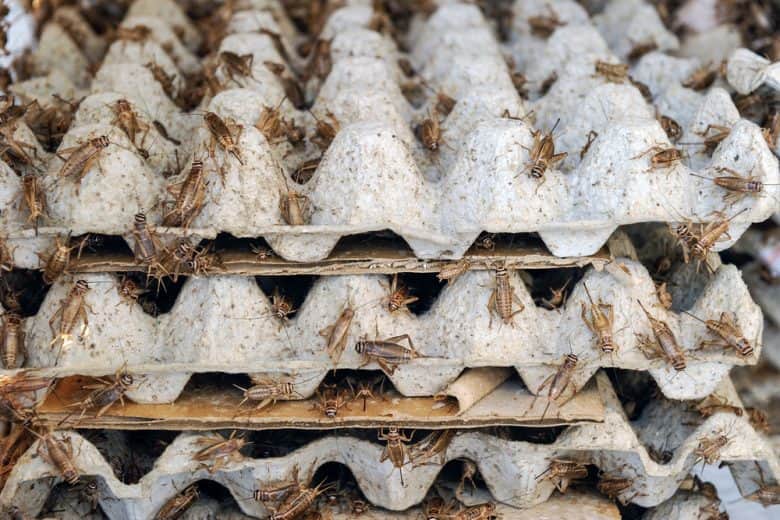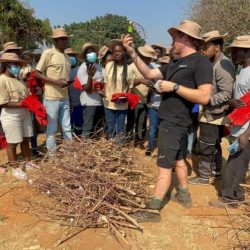By Njeri Kipkirui
Laikipia, Kenya: The harsh realities of climate change and dwindling grazing lands are forcing pastoral communities in Kenya to confront a stark choice: adapt or perish. For Rosemary Nenini, witnessing her husband’s cattle succumb to a devastating drought between 2020 and 2022 was a turning point. Like many in her community, Nenini’s life was intertwined with cattle, a tradition passed down through generations. But the relentless challenges of drought, land scarcity, disease, and banditry compelled her to seek alternative livelihoods.
Across Kenya’s Arid and Semi-Arid Lands (ASAL) region, millions of livestock have perished in recent years, prompting women in pastoral communities to explore new avenues for survival. When the concept of cricket farming was introduced, it was met with widespread skepticism. “What is this cricket?” asked Tonou Masaine, a 66-year-old resident. “How will crickets help us?”
Initially, the community viewed crickets with suspicion, even fear. They believed the insects were a harbinger of death for their beloved cattle. “We used to say that if crickets come to our homes, they will kill our cattle,” recalls Jennifer Sintaloi. But intensive training from organizations like Cordaid, IMPACT, and ICIPE gradually shifted their perception.
The women learned that crickets are a nutrient-rich food source, packed with protein, vitamins, and minerals. They discovered that crickets require far less space and water than traditional livestock, making them a resilient alternative in drought-prone areas. “Cricket rearing does not require a lot of land,” explains Nenini. “All you need is to build a shelter and feed them.”
Crickets are fed vegetables, maize flour, and chicken feed, and they lay their eggs on water-soaked cotton wool. “In Kenya, one of the challenges that we may think of is drought. Now, in drought situations this will affect first the livestock producers especially in the pastoral communities and now then the cricket now provides a safety net,” says Shaphan Chia, a research scientist at ICIPE.
While cricket farming offers a lifeline, challenges remain. Cultural acceptance is a hurdle, as many are hesitant to consume insects. There’s also a need for greater awareness about the nutritional and environmental benefits of cricket-based products.
Nevertheless, the transformation is underway. 34 groups across pastoral communities have embraced cricket farming, receiving rearing kits and support to establish their facilities. What was once viewed as a threat is now seen as a source of hope, a testament to the resilience of these communities in the face of adversity.




